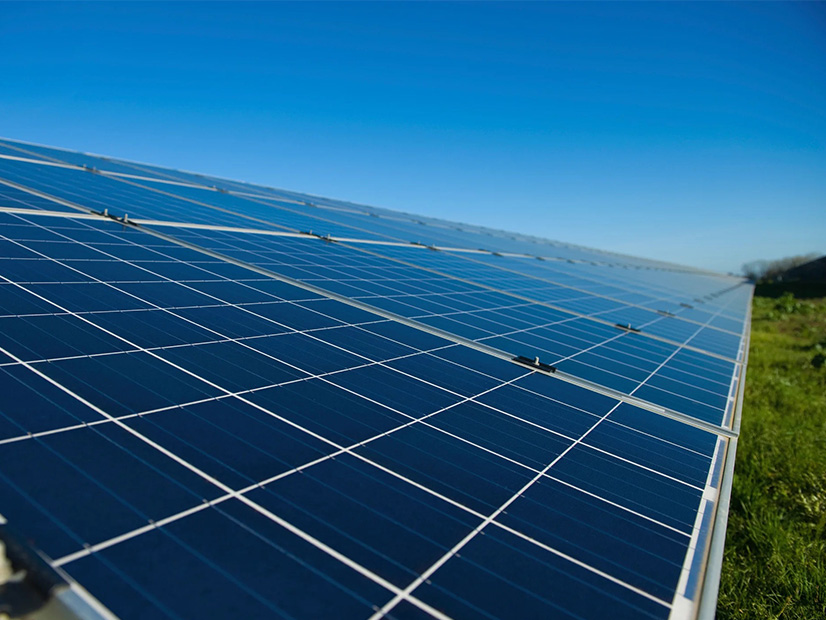MISO said last week it will pivot to its existing electric storage resource participation model in allowing distributed resource aggregations into its markets under FERC Order 2222.
The announcement scraps MISO’s original plan to use a modified version of dispatchable intermittent resource participation model for DER aggregations. (See MISO Assembling Order 2222 Compliance Plan.)
“We’re creating an entirely new model that largely leverages our [electric storage resource] model,” Market Design Adviser Michaela Flagg said during a Tuesday Distributed Energy Resources Task Force teleconference.
Under the new plan, all aggregations will be responsible for self-committing in the markets, instead of just those 1 MW in size or smaller. MISO will recommend that aggregators perform DER forecasting and reflect it in offers. The RTO also said it won’t dictate state-of-charge parameters, leaving those to aggregators.
The new DER aggregation model will use all eight of the operating modes in MISO’s electric storage model, with commitment statuses including:
- injecting,
- emergency injecting,
- withdrawing,
- emergency withdrawing,
- continuous, or the ability to move between injecting and withdrawing,
- available,
- not participating or
- outage.
MISO expects the injecting, withdrawing and continuous modes will be most popular with aggregations.
The grid operator will likely require aggregators enrolling DERs to choose between demand response, distributed storage or distributed generation. Some stakeholders said having DERs declare just one registration type ignores DER’s other uses. One stakeholder likened it to a “choose-your-own adventure” book that disadvantages participating aggregators.
MISO’s response is that aggregators will be responsible for understanding DERs’ capabilities in their aggregations and should tailor the offers accordingly.
Kristin Swanson, the RTO’s DER program director, said it’s up to aggregation management to choose whether a DER will generate, inject or conserve energy. She said the market cannot currently choose between two separate bids from the same resource and the RTO’s real-time modeling cannot accommodate two resource types from a single resource.
“That’s not something we’re capable of doing right now,” Swenson said.
MISO won’t finalize a registration process until February.
Staff still plans to limit DER aggregations to a single pricing node they say will keep pricing simple and ensure that aggregations don’t aggravate transmission constraints.
Swenson has said Order 2222’s instruction that MISO cross the “distribution barrier is going to be a new experience.” She also called the 100-kW minimum size threshold “pretty tiny.”
“MISO’s not the only party that has to be ready in order for this to work,” she said during a Sept. 30 Reliability Subcommittee meeting.
Some stakeholders have asked MISO to keep cybersecurity at top of mind when designing communication modes with distribution operators.
Swenson has said she expects MISO’s first tariff filing, should FERC accept it, will require adjustments over time.
“We know we’re not going to have a perfect, comprehensive tariff filing in April, and we’ll never have to touch it again. We’re very aware that this is an emerging class of grid services,” she said.
Swenson also said MISO will maintain a “parking lot” list of DER ideas beyond Order 2222 compliance that it can’t currently accommodate because of current system limitations.



